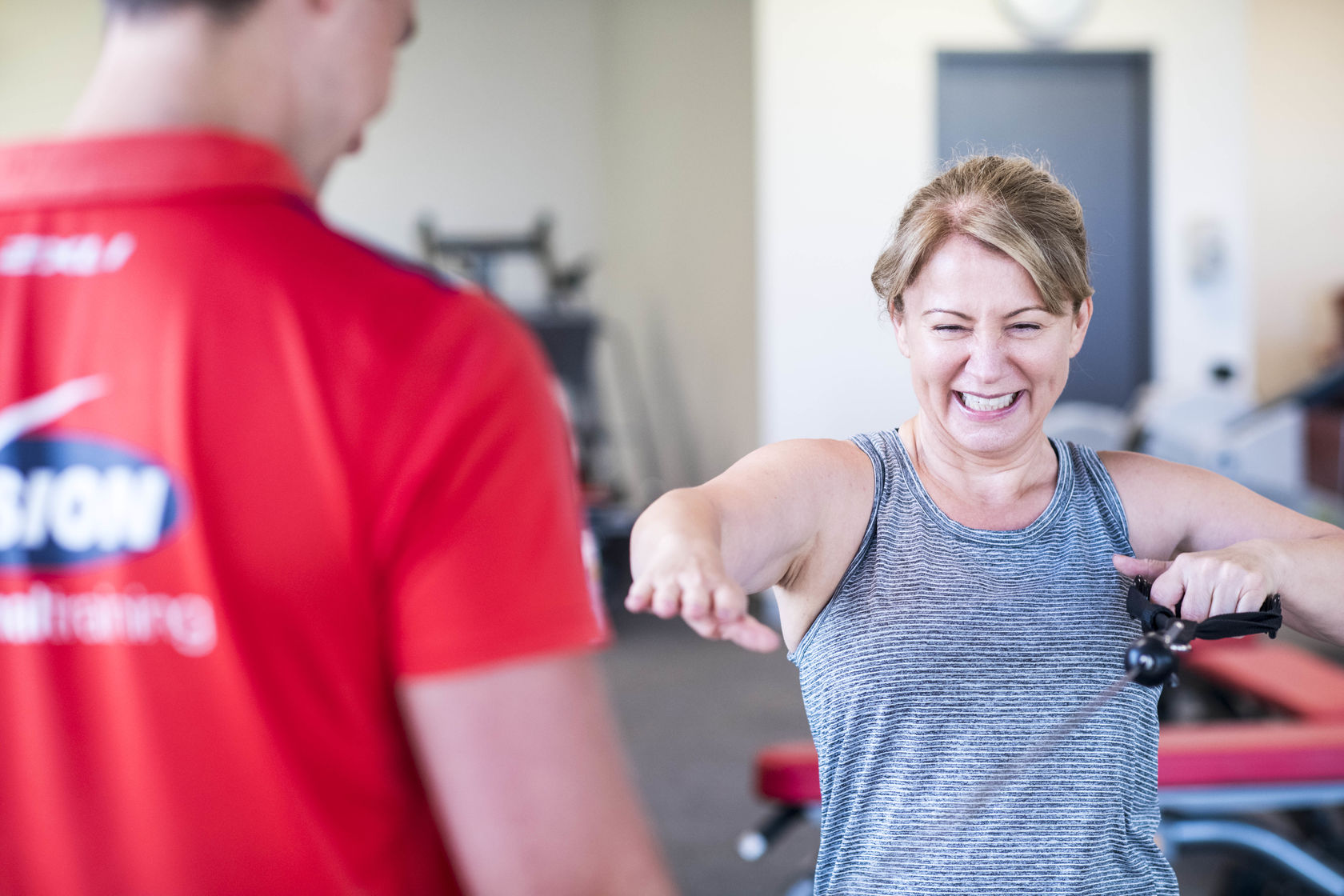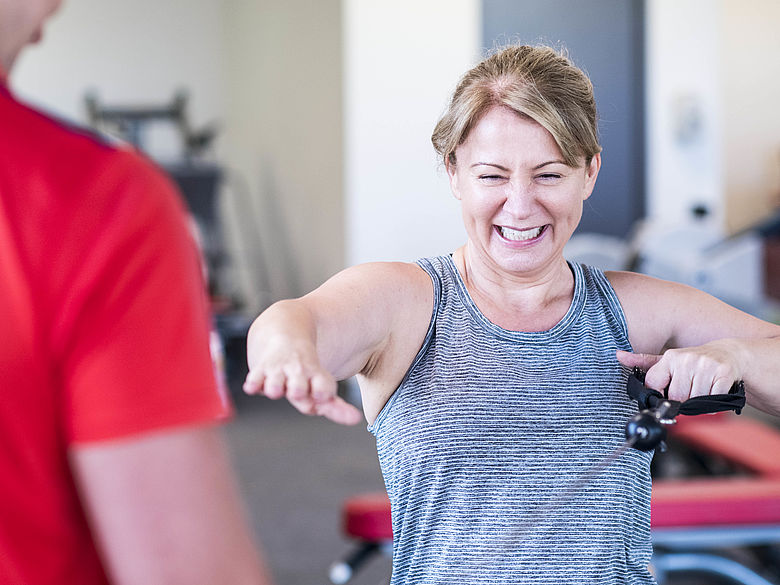Bones are classified as connective tissue, however unlike tendons and ligaments, they provide a rigid structure and a support 'framework'.
When we train our muscles, they recover and grow back stronger, a very similar response is seen in our Bones. Bone growth is stimulated in areas where there is significant loading regularly being applied.
Basically this means that when you're putting bones under load that they are going to stay strong, through a constant process of re-modelling. So when we're doing Squats, we're not only strengthening muscles around the Hip, but also the bones!
As we know Osteoporosis is a very common and debilitating disease that affects us as we age. Osteoporosis is a disease in which bone mineral density and bone mass become reduced to critically low levels.
When our bones become this compromised, forces that would normally be absorbed by the bones with relative ease, could result in fractures. The sites of fractures that are most devastating are the Spine and Hip.
To minimise the risk of developing critically low levels of bone density in late adulthood, we must take advantage of our early to mid-adulthood when we can maximise our bone mass and density and help reduce the risk and or severity of the disease.
It is never too late . . . what you do today sets you up for longevity and functionality.
Exercise, and in particular Weights and Resistance training has been proven to decrease the risk of wear and tear to our bones and strengthen up our bones through increasing bone mineral.
Exercises such as; Squats, Deadlifts, Push-ups, Dips and Lunges, Pull - ups and Step - ups where we move at more than one joint are the most important movements to keep in every Training Program. These compound movements maximise muscle activation, and therefore the forces acting on the bones, to keep them strong!
Progressive Overload is another important factor when trying to keep bones healthy and strong! If you kept on doing the same exercises for a year, you would see good results for around 3 months before you would plateau, results would stop, and your Muscles will not need to make any more adaptations. This same principle applies to Bones, if you don't keep stimulating new bone growth with new exercises and movements, adaptation stops.
So remember when you're doing your Squats and Push-ups, and you can feel your muscles burning that you're also working your Bones! A variety of movements, load and intensity is KEY to maintaining optimal Bone Mass and also to an enjoyable sustainable training program.
*Disclaimer: Individual results vary based on agreed goals. Click here for details.

